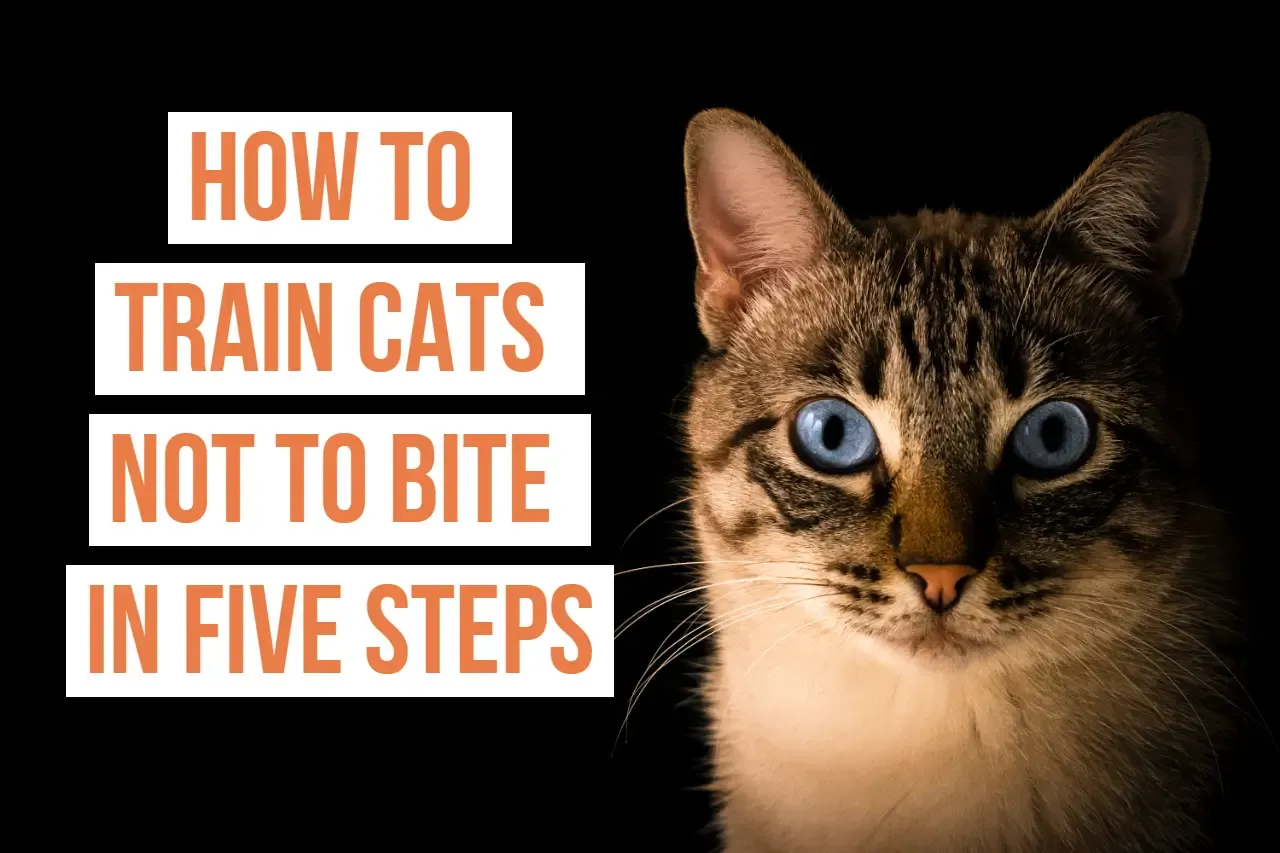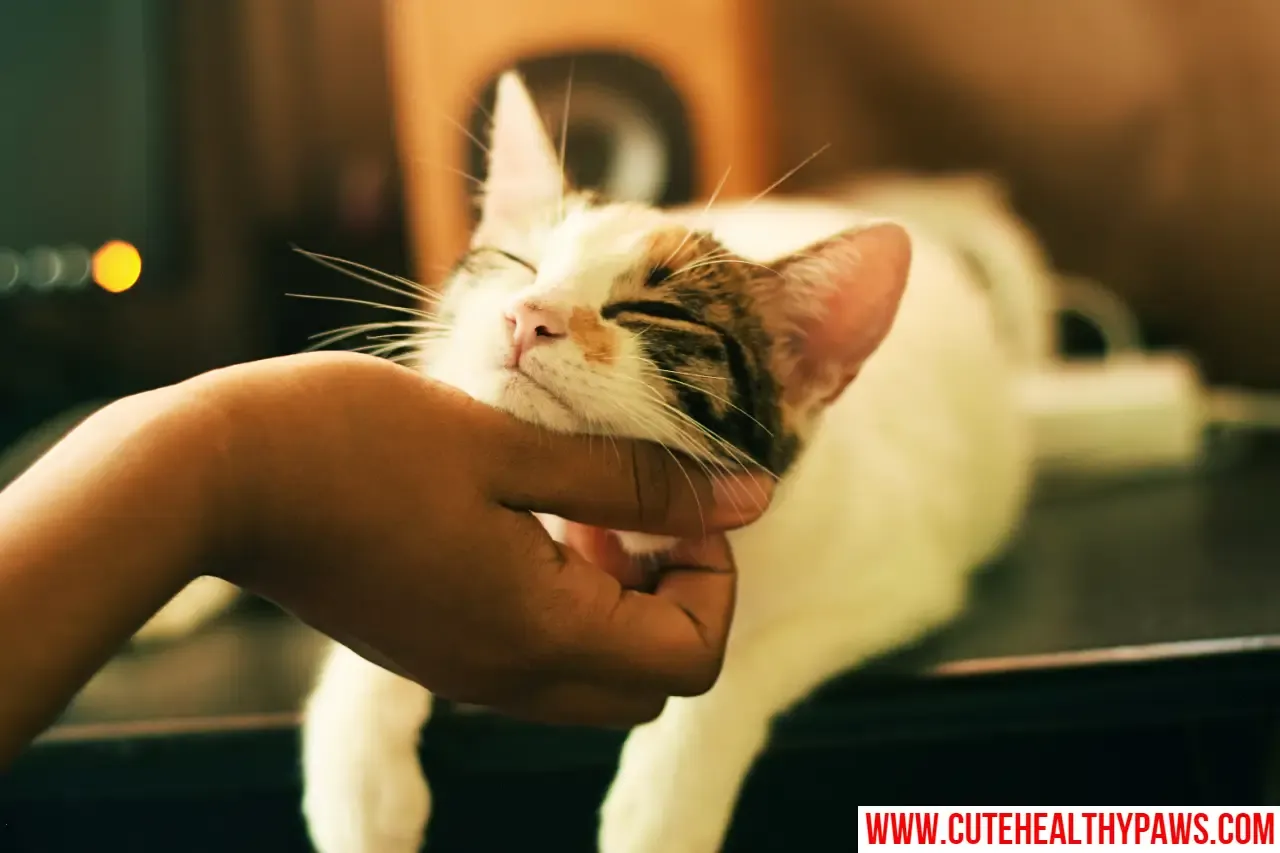When thinking about raising a cat, you always imagine cats like a ball of fur playing and having fun with you at any time and then sleep in peace and quiet next to you. But despite the beauty of these creatures, many complain about a cat bite, especially when it gets old, so we offer you tips on how to train cats not to bite in simple and effective steps.
Cat breeders may not notice at first, they are even cool with kittens bites, as it is not painful. however, with the cat's growth and after a few months of its birth, the cat's teeth and jaws become stronger. thus, the bite strength increases and it may even cause scratches or severe wounds to its owners.
Marilyn Krieger, an expert in cat behavior, says that cats bite due to some circumstances that have passed in their lives; cats are greatly affected by the surrounding environment and their biting behavior does not develop out of thin air.
If your cat bites you, you should disinfect the wound immediately. generally, you should treat a domestic cat bite with greater care than a domestic dog bite. Why? Because cat saliva contains harmful bacteria much more than dog saliva and it may cause some infection and inflammation, so you should disinfect the wound immediately and do not ignore it.
What are the reasons for cats biting their owner
1- Training cats not to bite begins with knowing first the reasons that led your cat to develop such behavior.Although domestic cats are pets, they always want to satisfy their instincts in hunting, predation, and chasing, so cats always chase and run on a daily basis.
The cat takes any opportunity to use its claws and teeth. Therefore, you may find your cat hiding in a corner of the house waiting for you to pass by, jumping on the heels of your foot, planting its claws and fangs in it, and then running away from you.
Cats want to satisfy the hunting instinct that they naturally possess, as they do these actions on a daily basis.
2- Another reason for biting cats is that you stimulated this behavior in the cat when it was young, whether intentionally or not.
When cats are at the beginning of their life, their bite is gentle and amusing to their owners, this unintentionally pushes you to stimulate them to bite you, and then you continue playing with them. This behavior develops her love for biting because, as we said, is an innate instinct in cats.
Therefore, if the cat used to bite your hand at a young age, it will grow with time and strengthen its teeth and jaws. thus, its bite will be stronger and will not give up its behavior easily because it learned it from childhood.
3- Cats are distinguished by being creatures that can express themselves clearly except in the case of pain
Cats are very good at hiding their pain for long periods.as a result, your cat may get tooth decay or ulcers in the gums, but she will not complain and will not tell you that, but she may bite as an expression of her pain and a reflection of the suffering she feels.
if cats feel fear or simple illness they are likely to hide or disappear, But if she bites, that means the degree of pain has become beyond her tolerance.
So, if you were bitten suddenly, you should examine her and make sure that she does not need urgent medical help.
4- Cats also bite as a form of reaction to their feelings of pressure, anger, or depression.
Just like people, when you have a bad day, you may find yourself quarreling with the people closest to you for no apparent reason.
Cats also have some of the closest people to them, when they feel pressured or angry about something, they take out this anger in the closest person to them. Usually, she does it in a way that makes you think she hates you, but in fact, she's trying to express her anger the wrong way.
How to train cats not to bite in steps?
Before starting training, you must make sure that the cat’s behavior does not indicate disease in its teeth. Cats with tooth decay may bite because they feel pain.The first step:
In order to train cats not to bite, you must play with your cat for at least ten minutes a day. You should use a feather to play with the cat, or perhaps a rubber ball tied to a rope or any other game that satisfies the cat's instinct to chase and hunt. This way, you will begin to empty any energies inside your cat, so that you will not be the target of biting anymore.
The second step
Certainly, while you play with your cat, the cat may jump and bite your hands or arm instead of the game you are playing with at this moment. Do not scold or hit the cat. You just have to stop playing and stay away from it completely.
This behavior is the same behavior that a mother cat would do with her kittens if they bite too much while playing with her. In this way, the cats understand that there are limits they should not cross while playing. gradually, the cat will begin to reduce the intensity of the bite and you will find it disappears little by little.
The third step
Go back to playing with your cat again and when it starts to bite stop playing again, but this time you should disappear completely from her view for seconds or minutes.
This behavior works great for older cats because she will learn that her favorite person will disappear from in front of her if she bites. thus, she will begin to reduce the intensity of the bite and disappear with time.
The fourth step
If you want the training of your cat not to bite to be successful, do not impose negative stimulation or punishment in her training.
Some use water sprays on the cat’s face and some use other things, that contain substances that may seriously harm the cat. it may lead to a deterioration in her psychological and health condition and this is a big mistake.
If you punish your cat, she will begin to associate you with her bad experiences and gradually start to turn away from you. The cat may stop biting you because of this, but she will stop playing with you or may even approach you.
You must make sure that your relationship with your cat is one of love and appreciation, not a relationship of fear and anxiety, so punishing the cat for her instinct may lead to unsatisfactory results for you.
The fifth step
You must do the previous steps on a daily basis and you will notice the change occurring in your cat gradually.
Do not rush the result, be sure to monitor the behavior of your cat and understand its personality, especially if it is a big cat because big cats may take more time to train than small cats.


Post a Comment